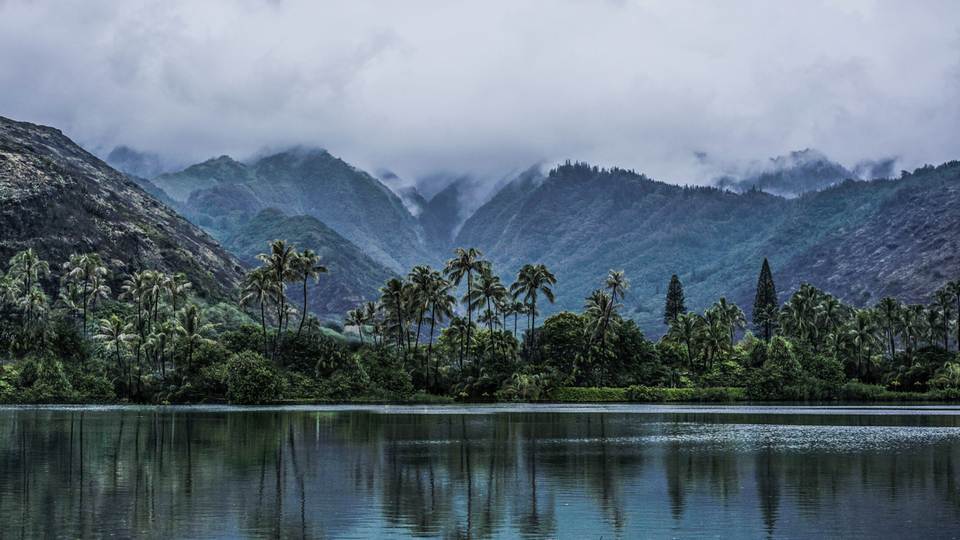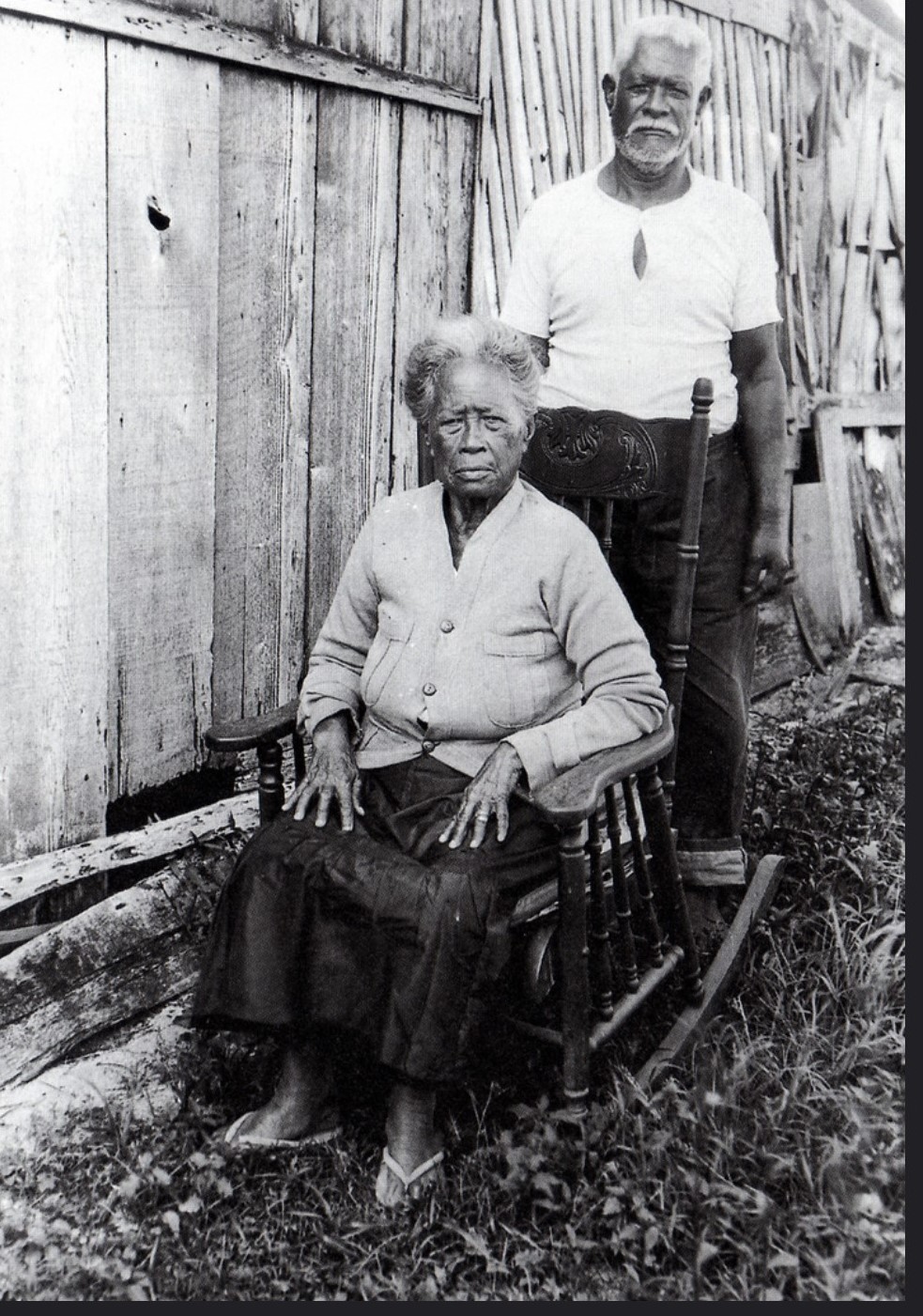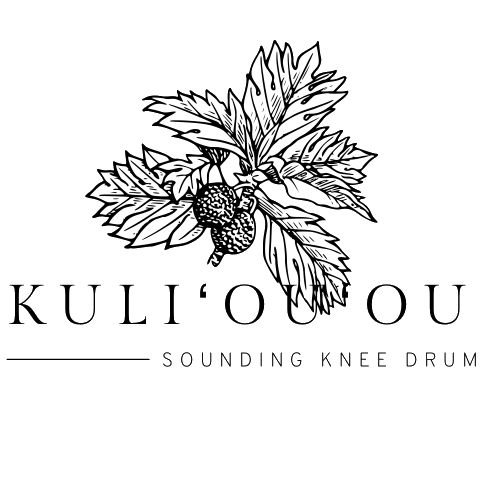
Current Initiatives
Kupaʻāina o Kuliʻouʻou is proud to be a kiaʻi, or protector, of our community as well as the many resources within Kuliʻouʻou. Part of this process involves collaborating with government entities, neighborhood boards, and fellow non-profits to ensure that the community is heard.

One of our objectives was to ensure that the East Honolulu Sustainable Communities Plan (EHSCP) 2021 version remained consistent with the previous 1999 version. At the time, our non-profit was not yet established. However, this effort was one of a few that launched our deep desire to initiate a movement and represent our community and neighborhoods. With the help of our city officials and council representative, we were able to maintain the demarcations of the old Urban Community Boundary from the 1999 EHSCP in the new 2020 EHSCP. This helped to correctly identify the “developeable infill sites” in Kuliʻouʻou, and thus saving a lower part of Kalapa o Maua from being located in this buildable area.

Another initiative that is slated for our organization is the protection of the possible location of ʻElelupe Pool. Witness testimony from Makea (pictured above, sitting) indicates that ʻElelupe Pool was the kapu drinking water source of Kamehameha the Great until Kamehameha V. With the help of fellow non-profit Maunalua Fishpond Heritage Center, its believed that this culturally and historic site has possibly been located. The land is currently owned by a private landowner and more research will need to be done when able.

(Approximate location of 4 acre parcel)
An important initiative that Kupaʻāina o Kuliʻouʻou is currently engaged in is the preservation of Kalapa o Maua. This includes a 4-acre residentially-zoned lower part of the mountain that has been the subject of recent development attempts. We are actively pursuing the acquisition and will update this page when more information is available.

Residents of Papahehi Place have endured much over the years. When the great floods of 1988 occurred, 16 homes were severely damaged and eventually demolished. The remaining residents on Papahehi have lived for 30 years without proper sewage lines, water supply and roadways. The road that leads up to those homes are still twisted today. There have been, and continue to be, residential developments on Papahehi that have been allowed by the City and State. Land movement has been documented in many hillside areas in Honolulu, and it is still unknown how much movement is still happening in this area. It is one of our goals to pursue this issue with our government entities in the near future.
